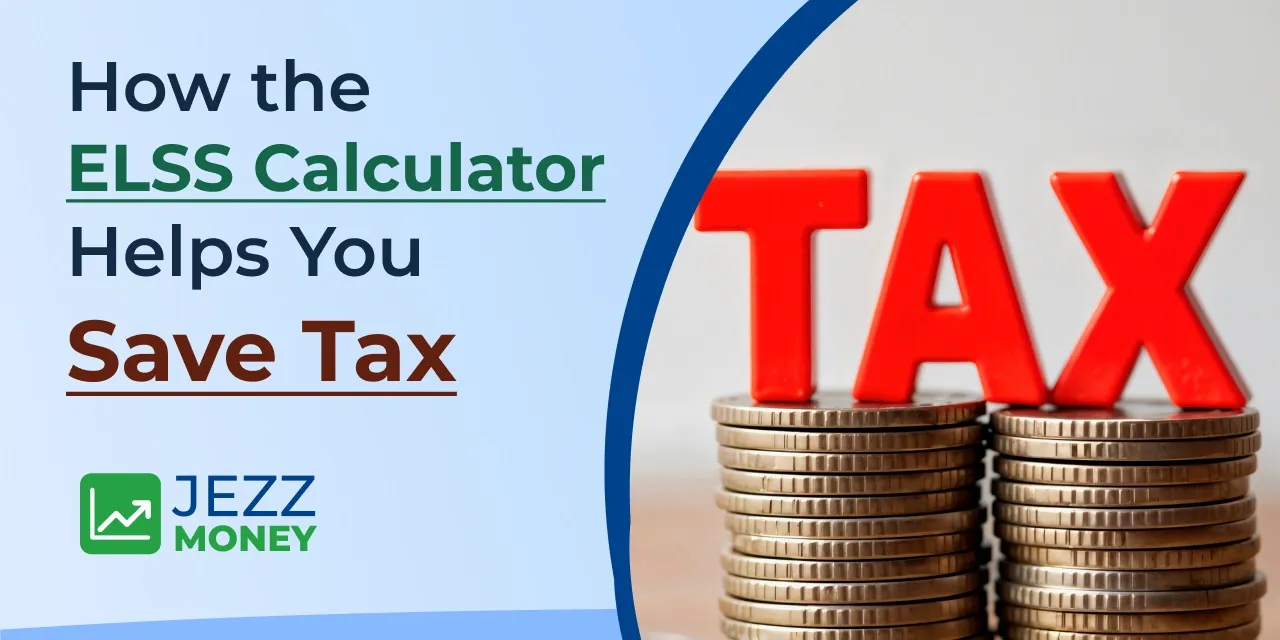Investing in an Equity Linked Savings Scheme (ELSS) through a Systematic Investment Plan (SIP) is one of the most effective ways to save tax while building long-term wealth. Unlike the last-minute rush to invest at the end of the financial year, SIP in ELSS helps you plan your taxes gradually, in a structured and stress-free manner.
How SIP in ELSS Helps You Save Tax
Under Section 80C of the Income Tax Act, you can claim a tax deduction of up to ₹1.5 lakh per financial year. When you invest in ELSS via SIP, each monthly contribution is eligible for this deduction. For example, if you invest ₹12,500 every month, you'll accumulate ₹1.5 lakh over the year — and qualify for the full tax benefit.
Each SIP installment, however, comes with a 3-year lock-in period. This means the units you purchase in July 2025 will be eligible for redemption only in July 2028. This rolling lock-in encourages long-term investing, which aligns well with market cycles and the potential for equity growth.
Why SIP + ELSS Calculator Is a Winning Combo
- Estimate future returns based on your monthly SIP amount and investment duration.
- Understand how much tax you can save with your SIP contributions.
- Experiment with different investment amounts to match your financial goals.
- Visualize the impact of staying consistent over time.
This combination helps you make smarter, data-backed decisions instead of investing unthinkingly or under pressure.
What Returns Can You Expect from SIP in ELSS?
Since ELSS is a market-linked investment, returns can fluctuate in the short term. However, over the long term, ELSS funds have historically delivered annual returns of 10–14%, outperforming most traditional tax-saving options.
| Investment Option |
Lock-in Period |
Expected Returns |
Risk |
| PPF |
15 years (partial withdrawal after 7) |
~7.1% (government fixed) |
Very Low (government-backed) |
| ELSS via SIP |
3 years (rolling lock-in) |
10–14% (market-linked) |
Moderate to High (equity exposure) |
SIP smooths out market volatility through rupee cost averaging, thereby reducing the impact of short-term market fluctuations.
One of the most effective ways to save tax and also grow your wealth is through a Systematic Investment Plan (SIP) in an Equity Linked Savings Scheme (ELSS). Working like a well thought out plan, it not only saves you tax, but also makes your money work, and at the same time, makes your financial planning more simple. You can also consider using an ELSS calculator with your investments to make a smart tax-saving plan that will give you the control and confidence required for the same.
SIP in ELSS is indeed a winning combination of tax efficiency and wealth creation which is equally beneficial for a new investor as well as an experienced one who is looking to make the best use of his Section 80C savings.
